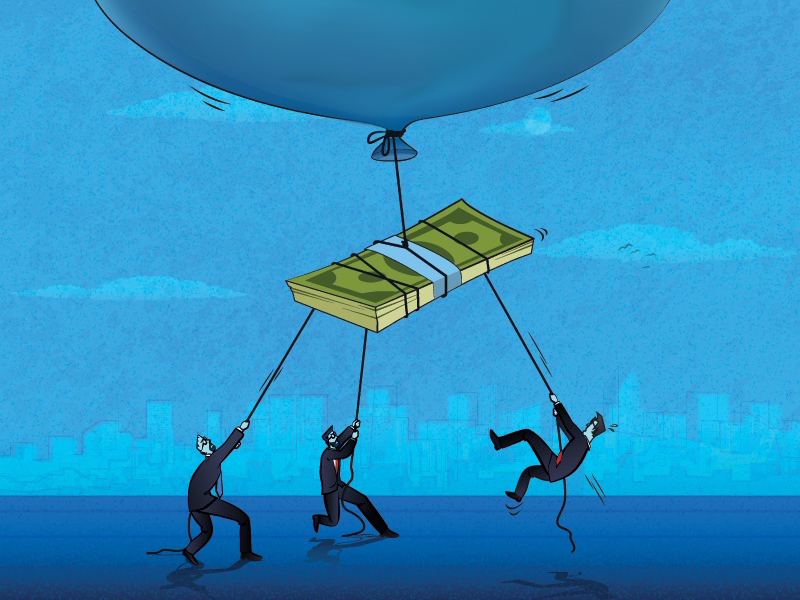
U.S. inflation is expected to retreat eventually, but the recent upside surprise in U.S. inflation data could delay monetary policy easing, says Moody’s Investors Service.
Last week, headline consumer inflation in the U.S. was reported higher at 3.5% for March, up from 3.2% in February. Core inflation remained elevated at 3.8%.
Moody’s said in a report that it expects inflation will fall amid “softer consumer demand growth … moderating wage growth, continued slowing in rental inflation, solid productivity gains and well-anchored inflation expectations.” However, the latest robust reading adds to the uncertainty surrounding the timing of U.S. rate cuts.
The rating agency said there is unlikely to be be enough evidence of declining inflation before the U.S. Federal Reserve Board’s mid-June meeting to enable it to begin reducing rates. Markets had previously targeted mid-year as the likely starting point for U.S. rate cuts.
“Disinflationary progress has slowed since the start of the year, but it is too early to conclude that it has stalled or reversed,” Moody’s said.
The report noted that factors such as rents and higher auto insurance rates are the primary sources of recent price pressures — which will likely prove temporary.
“We expect inflation to trend lower in the coming months as shelter disinflation takes hold and one-off price jumps normalize,” it said. For example, “the pace of auto insurance premium rate increases is likely to moderate this year, pushing the core CPI inflation rate lower.”
And, as the inflation picture evolves in the months ahead, “financial markets’ pricing of rate cuts will likely remain data-sensitive and volatile,” Moody’s said.
Officials at the Fed’s next meeting “will likely reiterate a meeting-by-meeting and data-dependent approach, in line with Fed chair Jerome Powell’s comments at the March press conference,” Moody’s said.
The latest Fed minutes noted that the central bank expects the disinflation process to be uneven, and that the bank will be “looking at broader economic conditions in addition to inflation prints to judge whether inflation is likely to slow,” the report said.